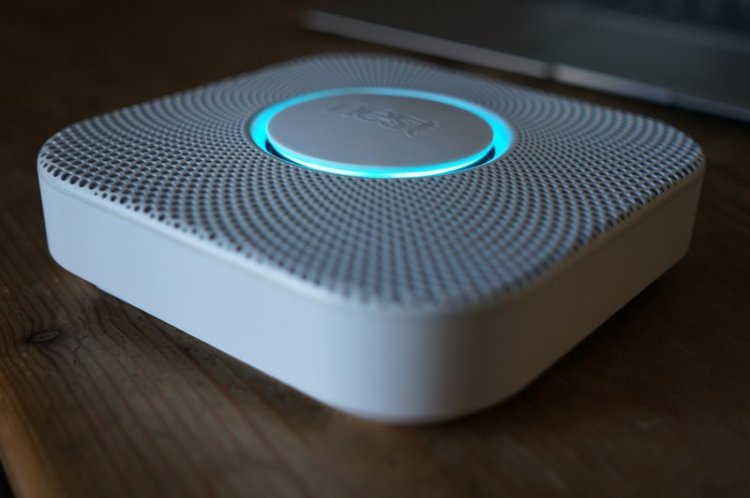If you stepped out for a glass of water during Apple’s WWDC keynote last week, you might have missed the company’s foray into home automation.
HomeKit, a framework that will let connected home gadgets speak to each other and iOS devices, barely got any stage time. But long after we’ve moved on to the umpteenth versions of OS X (maybe we’ll finally see OS XI) and iOS, last week will be remembered as the first time Apple made a significant play for the connected home.
And, once again, that poses a major threat to Google. The search giant recently spent $3 billion on Nest, maker of a smart thermostat and smoke detector, but its Android@Home platform is pretty much vaporware at this point.
We’ll be exploring the rise of connected devices and the business opportunities around them at MobileBeat 2014.
Join us in San Francisco on July 8-9!
Perhaps most importantly, HomeKit isn’t just about connecting your light bulbs to your iPhone. Just like the new Continuity features that allow iOS and OS X to easily swap data and tasks, HomeKit makes Apple’s ecosystem an inescapable part of your home. It’s not just about what’s in your pocket, the tablet you’re using on the couch, or the computer on your desk. Now your entire home is fair game.
Other standards like AllJoyn have tried to offer a common communication standard for connected gadgets, but without any major platform behind them, they’ve all been duds. That’s pushed the few successful connected gadget companies, like Nest and Sonos, to develop their own methods for communicating.
“Apple has done two things with their announcement of HomeKit,” said Adam Justice, founder of the connected gadget company ConnectSense, in an email to VentureBeat.
“First, they validated that the market is ready for connected devices. Secondly, they put a solid network standard out there that is, in my mind, the first realistic standard to unite all these disparate devices.”
Now that we’ve seen OS wars waged on the server, desktop, and mobile levels, it’s time for the battle for the Internet of Things. And within that convoluted category, the connected home may be the most important battlefield. It will likely affect all of your computing purchasing decisions in the future.
We can also look at HomeKit as yet another potential sign of a new, more open Apple. Historically, Apple has only opened up its communications technology to benefit itself at the expense of overall popularity. AirPlay, for example, mainly serves to throw content from IOS and Mac devices to the Apple TV. Bluetooth is a far more popular option for wireless speakers, even though it offers lower-quality audio than AirPlay.
Rather than force developers to use a single communications protocol, Apple may support the existing Zigbee protocol in HomeKit-powered devices, alongside Bluetooth and Wi-Fi, EE Times reports. But if Apple wants to power your home’s OS, it needs to make sure HomeKit is a standard that’s easy for developers to work with and that it relies on hardware that’s inexpensive enough that it can be implemented in the lowliest of home gadgets.
And what of Google?
“They could be creating a competing standard to HomeKit that would do a lot of the same things with Android that Apple has laid out for HomeKit,” Justice said.
“Manufacturers can support multiple standards without much of an issue. The bigger problem would be if Google does not support Apple’s standard on the Nest products due to competition. I think this would be the wrong move and, long term, could hurt Nest’s brand.”
With Google’s I/O developer conference just a few weeks away, expect to see the battle begin soon for your home’s OS.



